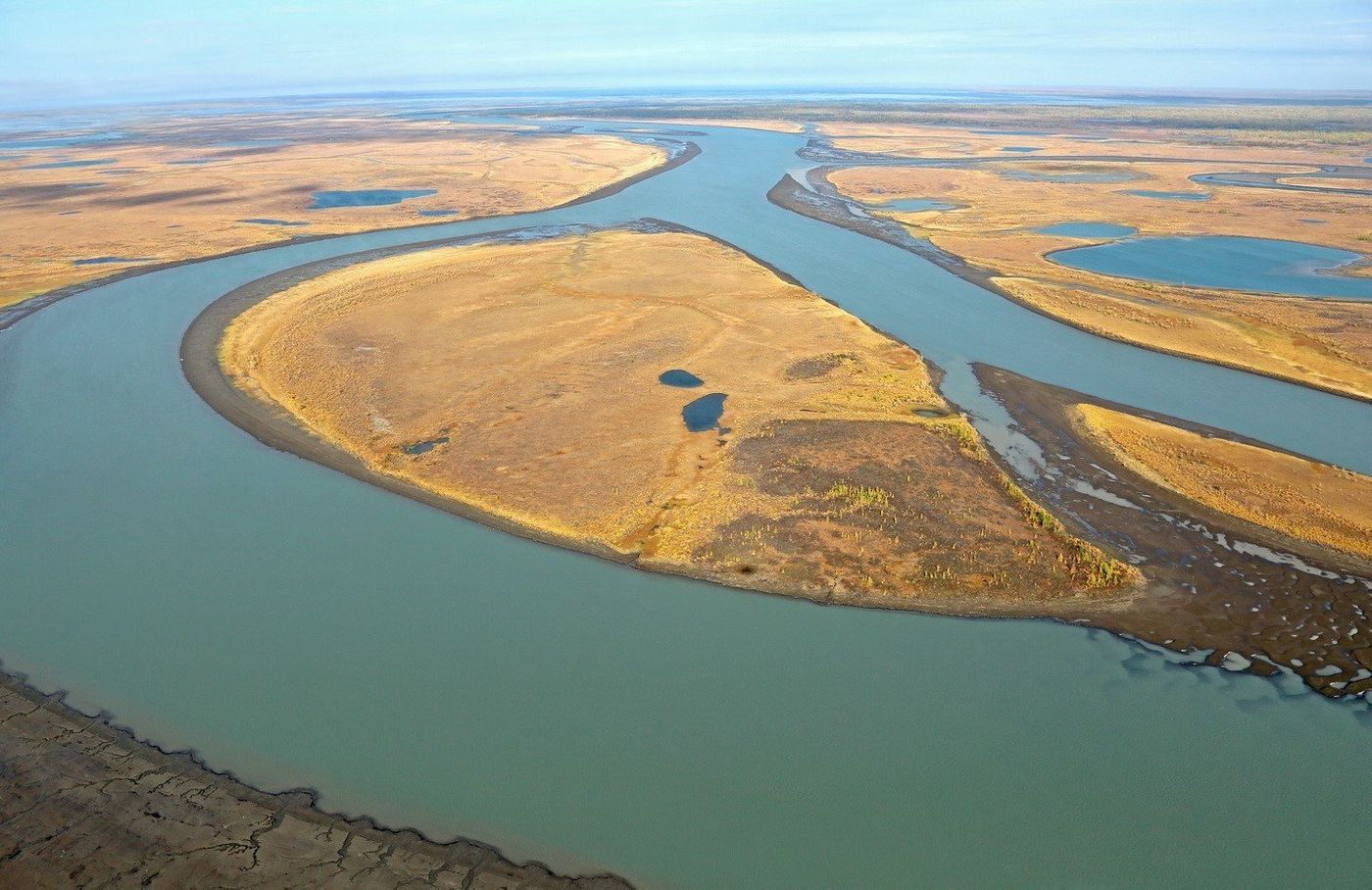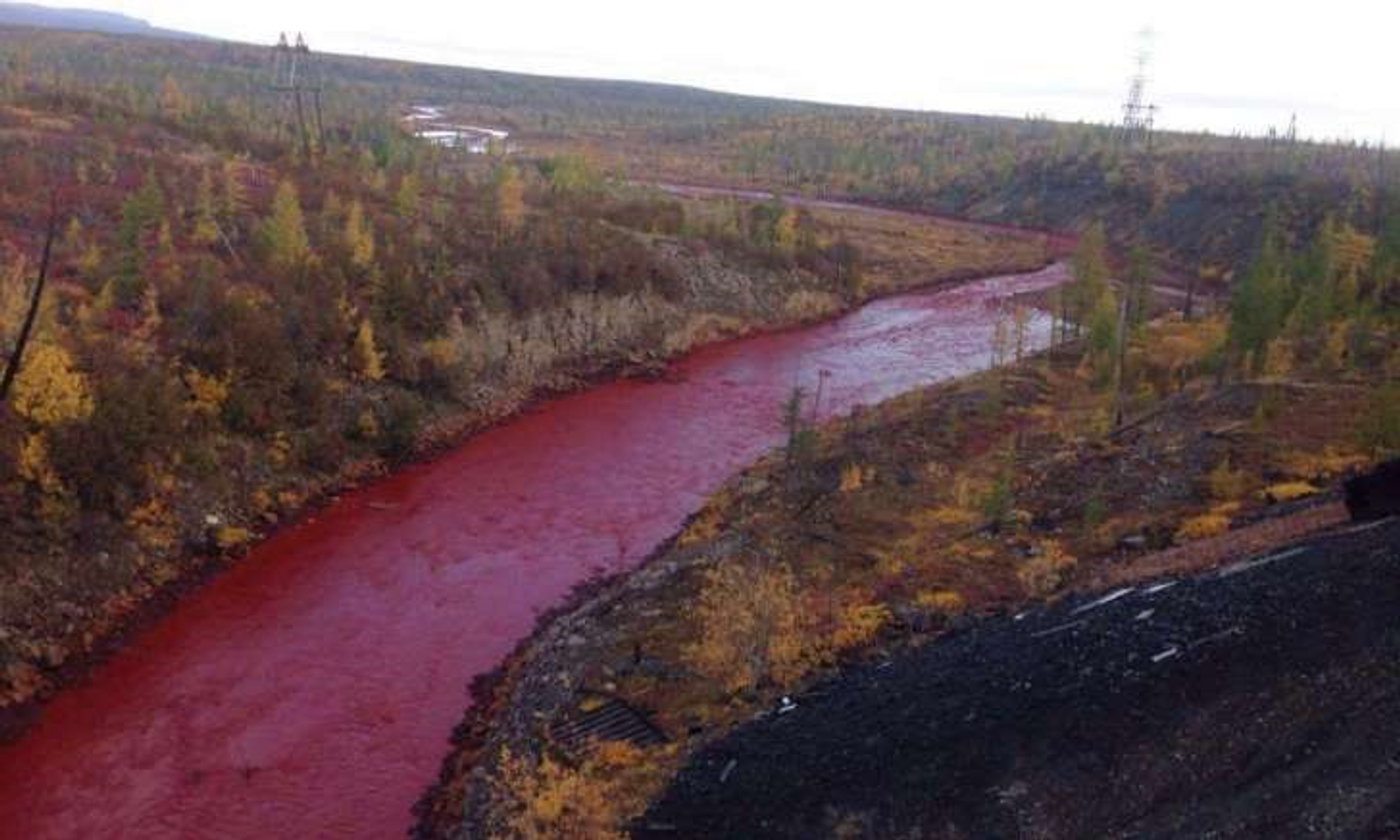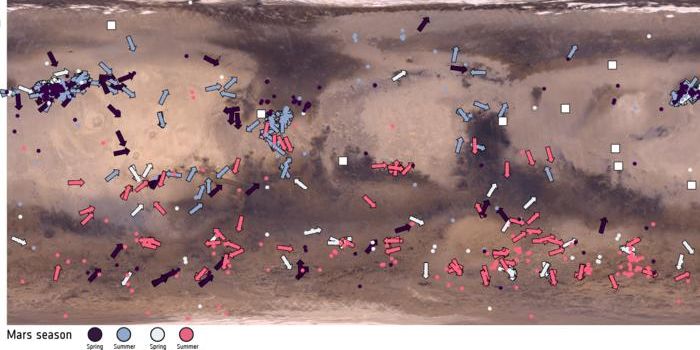This week, the Daldykan River in northern Russia ran red. Social media posts called it the “River of Blood” and residents were taken aback by the brightness of the color. The Daldykan River is in Noril’sk, an industrial city north of the Arctic Circle and built around several large metals factories. Even though Russian authorities have not yet established the cause, the popular theory around the occurrence maintains that there was a pipeline leak from one of the waste pipes leaving the metallurgical factory that processes nickel concentrate.
So, how does an entire river turn red? What chemical processes are happening and how will it affect the surrounding area?
The factories in Noril’sk are primarily mining and processing plants for about one fifth of the world’s Nickel and over half of the world’s Palladium. Emissions from the factories create waste products such as sulfur dioxide, nickel oxide, copper dioxide, lead, and other inorganic compounds. These waste products are sent out of the factories into reservoirs to be treated and neutralized.
When a pipe bursts and the waste products spill into outlying areas, treatment is bypassed and the waste reacts strongly with the environment. When the waste products hit water, such as a nearby river or stream, oxidation and hydrolysis occur causing formation of soluble iron sulphates, increased acidity, and leaching of toxic heavy metals into the ground.
The bright red/orange color is usually caused by iron hydroxide, Fe(OH)
3 , precipitating out of the water. The precipitate forms as the waste drainage becomes neutralized in the water. At concentrated levels where the pH of the waste product is low, the metal ions remain soluble. When the waste mixes with water, the pH rises and the iron oxidizes and precipitates out.
Increased acidity is a product of the oxidation and hydrolysis of the metal sulphide waste. For example, when iron sulphide mixes with water, it creates the iron hydroxide precipitate and also sulphuric acid.
Iron sulphide + oxygen (air) + water -> iron hydroxide + sulphuric acid + heat
In standard mine and factory practices, the emissions must be treated to increase pH and remove heavy metals before flowing out of the factory. Treatment commonly consists of adding strong bases, such as sodium hydroxide, sodium carbonate, or lime. These bases neutralize the acidity of the waste in the reservoir by combining with the excess hydrogen ions in the water and taking them out of solution.
The water is red where factory drainage enters the reservoir. As described above, the red color indicates that iron hydroxide is precipitating out of the water. The iron precipitate eventually is removed from the water by settling to the bottom of the reservoir during the neutralization reactions, turning the red water to green. The green color is from the presence of sulfate, sodium, and calcium ions remaining from treatment.

Factory pollution is an issue in the area, creating such high sulfur dioxide concentrations in the air that vegetation in an estimated 30 kilometer radius is dead. If the precipitates drain into nearby rivers, they can be devastating to the aquatic life. The change in color can reduce the amount of light that can penetrate the water, affecting photosynthesis and visibility. When the precipitate settles and covers the river floor, food resources are restricted. Furthermore, the heavy metals leached into the ground create toxic plant life and food sources. Mushroom picking, a favorite pastime in the area, has since been forbidden due to the toxicity found in the growing fungi. Although the Daldykan River now looks clean again, the precipitates that have been leaked into the environment will have a long lasting negative effect on the surrounding area.
Sources:
The Sun,
National Geographic,
asmr.us,
bellona.org,
cotf.edu,
russiatrek.org,
Norilsk Nikel










